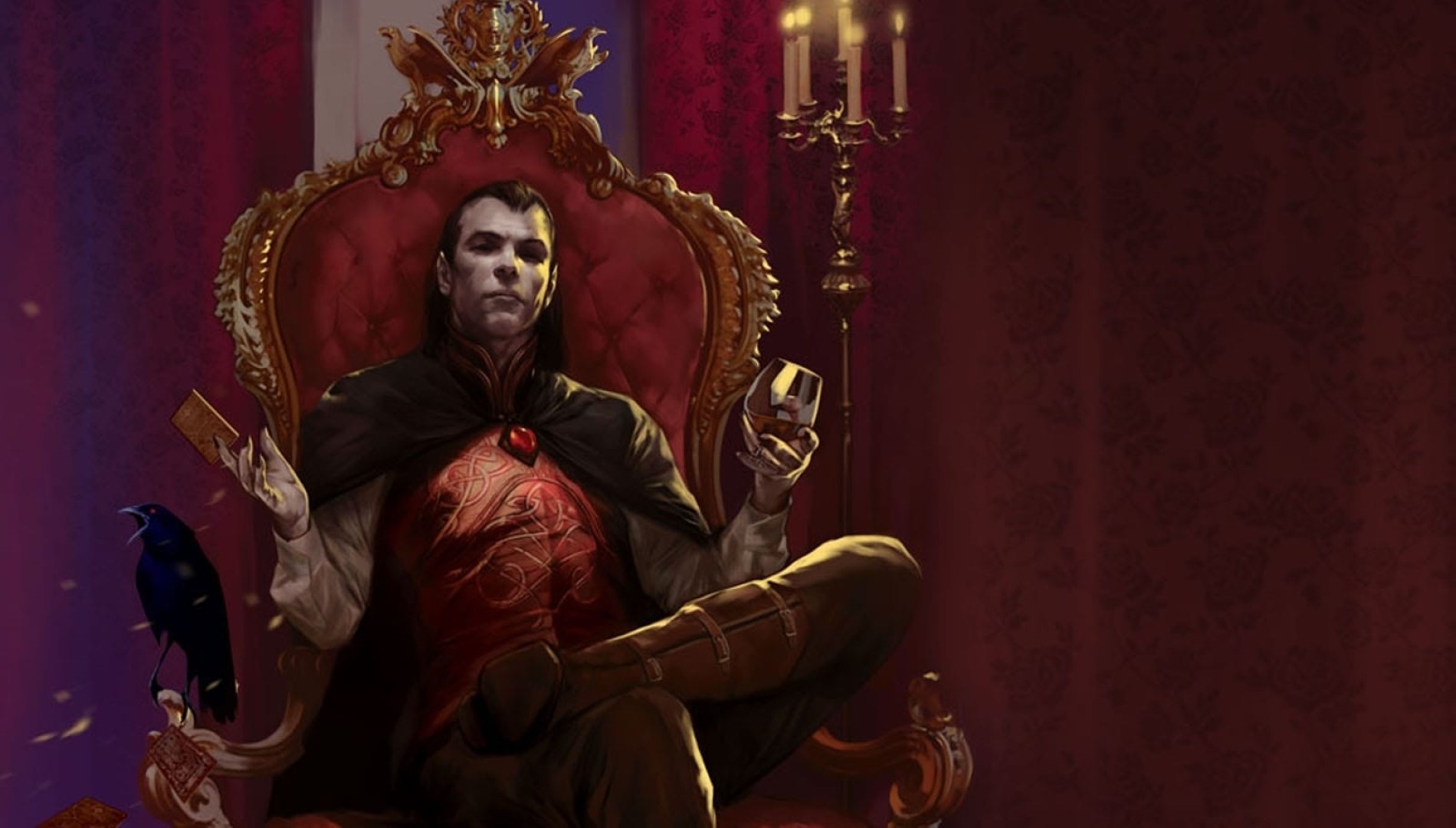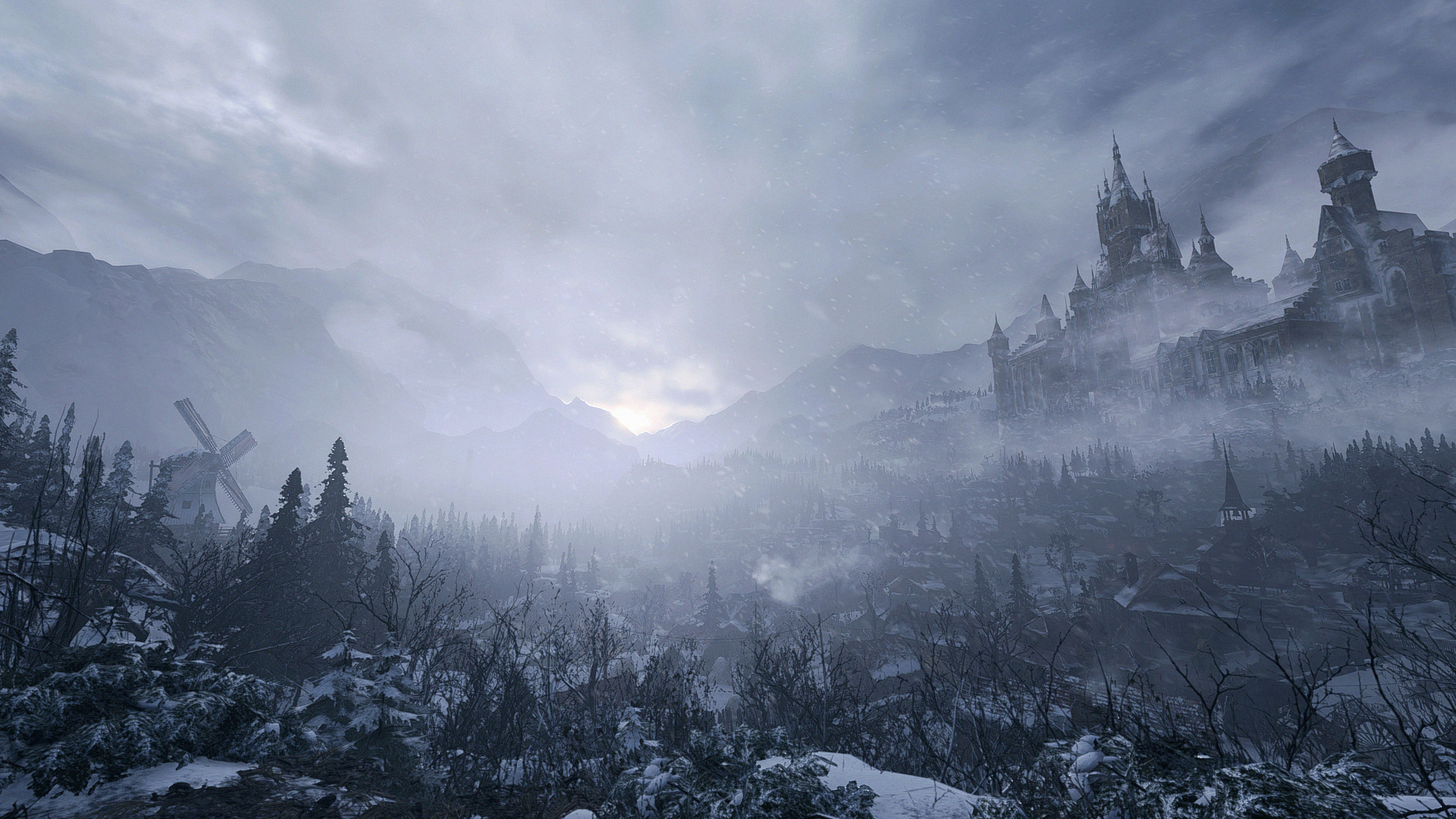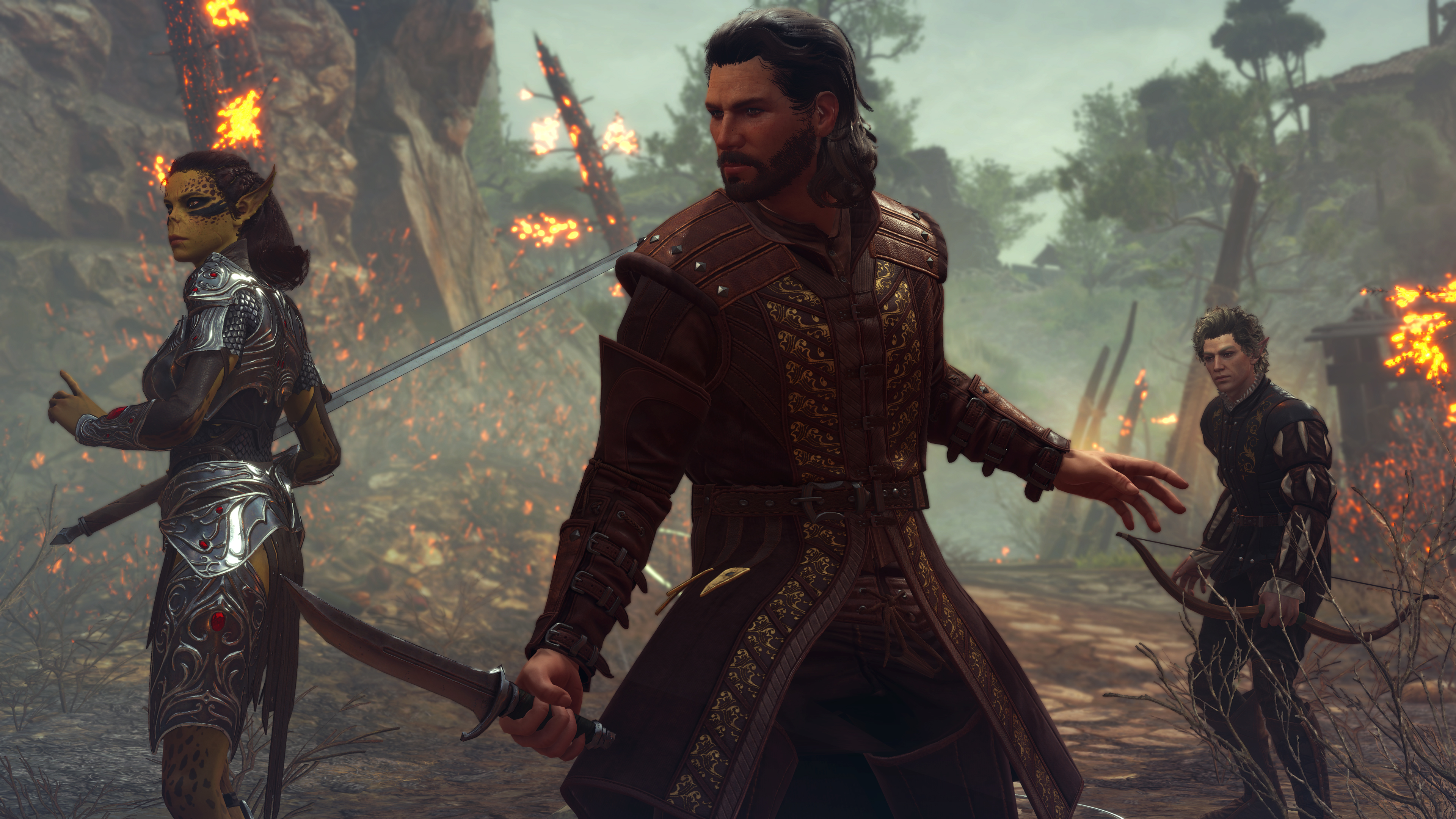D&D’s best module is perfect for a horror game to compete with Resident Evil 8
Curse of Strahd needs a full survival horror adaptation

Last Halloween, some friends and I found ourselves walking up a winding flight of stairs in a crumbling castle. Cobwebs hung everywhere, and shadows danced along the walls as we climbed. A rat scurried past on the ceiling rather than the floor, prompting one guy to throw up his hands and declare “Nope, I’m out!”.
Finally, we reached the top, leading to the castle’s battlements. Lightning flashed, and our host – a powerful vampire lord – appeared between the shocks of light. While our paladin bravely tried to hold him off, the rest of us fled to find the holy symbol that could give us a fighting chance.
I hadn’t taken advantage of the best PS5 deals at that point and wasn’t even gaming on the PC. I was around a table with my friends playing one of Dungeons and Dragons’ most comprehensive and popular modules: Curse of Strahd, a retelling of the classic 1980s Ravenloft D&D scenario. The players take the roles of a party of adventurers exploring the eastern Europe-influenced Barovia, trapped there seemingly without escape. Their only hope is defeating the country’s dark lord: Count Strahd Von Zarovich, gaming’s deadliest vampire.
Ravenloft has been adapted to video game format in the past, notably as an expansion for the Neverwinter MMO. But after the success of Resident Evil Village and the upcoming revamp and expansion of the Silent Hill franchise, the survival horror genre is having a bit of, pardon the pun, new blood injected into it. Curse of Strahd is ripe for adaptation, eschewing the strategic Baldur’s Gate route to become something more akin to The Evil Within meets Castlevania.
What makes a good survival horror game?

The best horror games have a few things in common, but none more important than a pervading sense of dread. You’re acutely aware your protagonist might die at any moment, and resource management is the name of the game. How many bullets can you spare before you’re forced to turn and run? How long until your flashlight dies?
"Exploring the vampire’s castle is like suffering from death by a thousand cuts"
Back on the tabletop, Barovia is a similar place of gnawing fear and limited resources. Exploring the vampire’s castle is like suffering from death by a thousand cuts: every suit of armor you walk past could be a spring-loaded trap ready to bonk you on the head with its mace, and every corridor you walk down could be an elevator ready to take you to another part of the castle, separating you from the rest of your party. You need to be careful when you choose to expend your spells and healing resources, as the dungeon master rolls the dice each time you move into a new room, and there’s always a chance a ghost, a zombie, or Strahd himself could be lurking in the shadows. Just finding somewhere to rest safely is an ordeal in itself.
Adding replay value

The castle’s random encounters aren’t the only reason people keep coming back to Strahd, but it does deliver a ton of replay value in the module many console and PC survival horror games could crib a few notes from. Once you’ve played through a game once, it’s hard to feel the same shock when all the jump-scares are known to you, but experienced TTRPG gamers know you never play the same game of Curse twice.
Get daily insight, inspiration and deals in your inbox
Sign up for breaking news, reviews, opinion, top tech deals, and more.
At the start of the module, a Tarot reading is recommended. Each card drawn signifies the location of a key plot point in the game. The idea is not only to make you feel as though your destiny is really up to fate, but it also injects that element of chance, so people who’ve played the game before don’t quite have all the answers. Barovia is a big country, and although the final confrontation will inevitably be in the vampire’s castle, up until then much of the game is dictated by which cards you draw. A mechanic like this can offer replay value in the digital world too, forcing the player to explore parts of the game world they may otherwise never have got to on their first pass.
Not a hero

That feeling of vulnerability makes survival horror so tense, and it’s why Curse of Strahd deserves more than just becoming a gothic skin to layer over the Baldur’s Gate system. Where most D&D games make you feel like an invincible hero, Curse mostly makes you feel like you’re out of your depth, and a top-down view and menu system can’t convey that as well as a tight over-the-shoulder camera and a single dying torch. Think Resident Evil Village’s Castle Dimitrescu but bigger, with a smattering of magic replacing your more modern briefcase resources. It’s only at the very end, as you’re equipped with enough artifacts to take the fight to Strahd, should you really feel like a Castlevania-esque invincible warrior.
Even then, death is not the end. Strahd’s been around since the ‘80s, and always gets resurrected in some form or another, even after his final defeat at the hands of generations of different adventurers. No survival horror is complete without that lingering sense of hopelessness, of only staving off the inevitable for a time – and giving the creators an excuse to create another entry in the franchise. From start to finish, Curse of Strahd is a gothic-tinged survival horror ripping all the tricks from vidya and plonking them on the table in front of you. Perhaps it’s time to resurrect Strahd one more time in polygon format.

Matt is TechRadar's expert on all things fitness, wellness and wearable tech.
A former staffer at Men's Health, he holds a Master's Degree in journalism from Cardiff and has written for brands like Runner's World, Women's Health, Men's Fitness, LiveScience and Fit&Well on everything fitness tech, exercise, nutrition and mental wellbeing.
Matt's a keen runner, ex-kickboxer, not averse to the odd yoga flow, and insists everyone should stretch every morning. When he’s not training or writing about health and fitness, he can be found reading doorstop-thick fantasy books with lots of fictional maps in them.